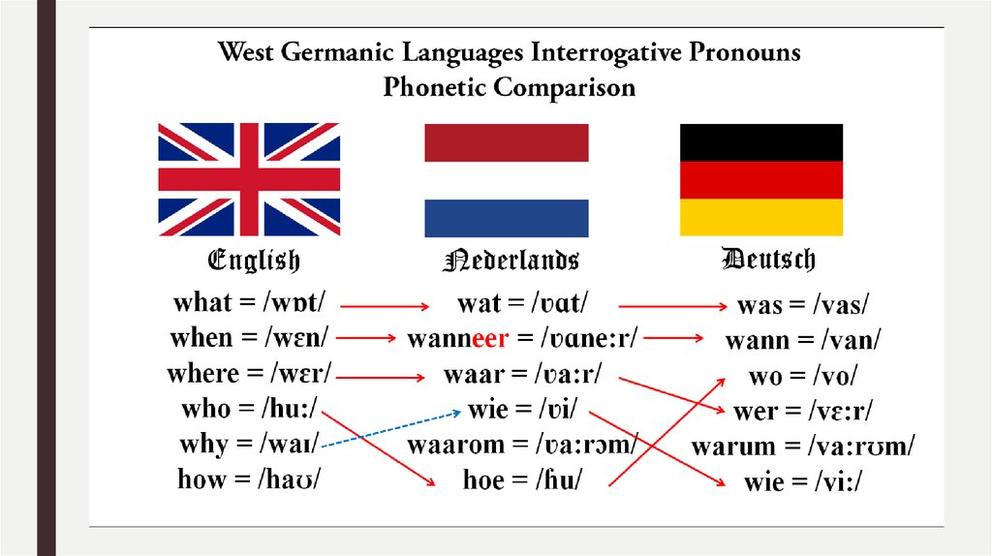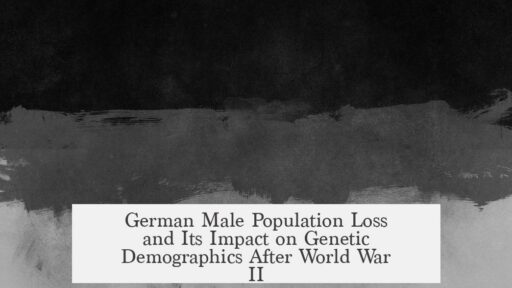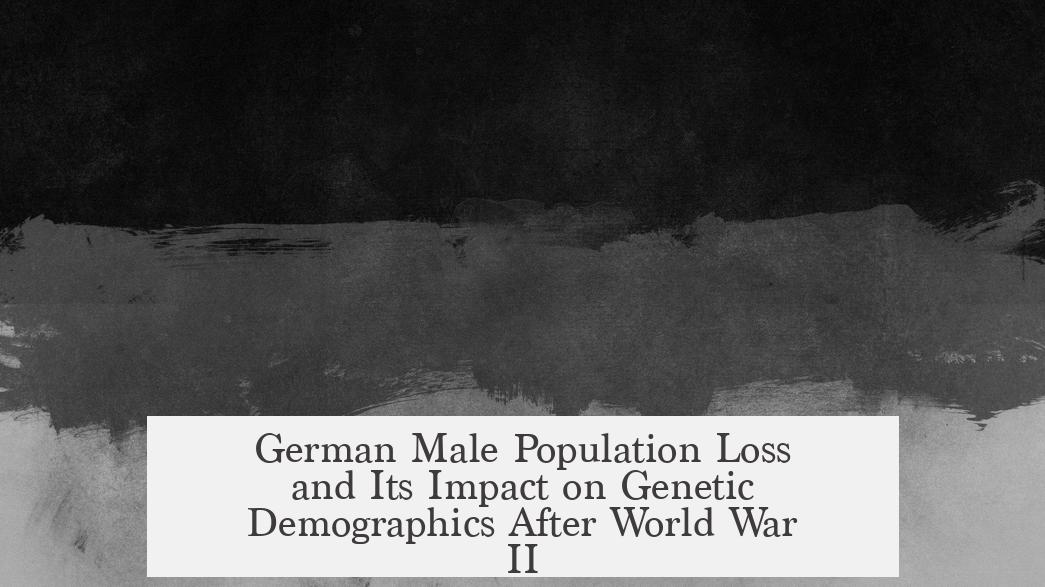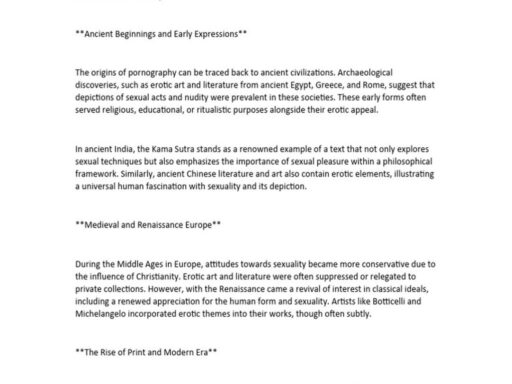By the end of World War II, Germany lost an estimated 46% of its 1939 male population either through death or serious injury. This percentage reflects both direct battlefield fatalities and the broader military losses, showing a profound demographic impact but limited effect on the genetic makeup.

Initial wartime reports estimated about 3 million German soldier deaths. Later studies, including the comprehensive Overmans study, corrected this to over 5 million military dead. This figure has since been widely accepted by historians. Including wounded soldiers, total German military casualties reached approximately 11 million—comprising 6 million wounded and 5 million dead. This number represents about 75% of the entire German Army and 46% of all German males in 1939.
Prisoner of war (POW) deaths add further complexity. Of over 2 million German POWs captured by the Soviet Union, between 500,000 and 1 million likely died due to harsh conditions. Deaths in American and British captivity were relatively low, around 10,000. These additional losses exacerbate the demographic toll on the male population.

Civilian casualties also influenced population numbers. Estimates suggest strategic bombing killed over 350,000 civilians, which, while tragic, is smaller than earlier inflated claims of 500,000. The combined military and civilian losses significantly reduced Germany’s total population from nearly 80 million in 1939 to about 65 million by 1946, though these figures have some dispute.
Despite these large losses, the genetic demographic of Germany remained largely stable. The mass deaths were unrelated to genetic traits since bullets and warfare do not select for genetic resilience. Importantly, a sufficient number of men survived to maintain the gene pool’s diversity and size. Therefore, while the war caused severe demographic reduction, it did not substantially alter the genetic composition of the German population.

- Germany lost roughly 46% of its 1939 male population by war’s end.
- Military casualties totaled about 11 million, including wounded and dead.
- POW deaths, especially in Soviet camps, added hundreds of thousands more fatalities.
- Strategic bombing caused over 350,000 civilian deaths.
- Population dropped from about 80 million (1939) to 65 million (1946).
- The genetic makeup stayed stable due to non-selective mortality and ample survivors.
How Much Percentage of the German Male Population Was Lost by the End of World War II? And How Much Did It Affect Germany’s Genetic Demographic?
To put it plainly: By the end of World War II, nearly 46% of the German male population was either dead or seriously wounded, with military deaths alone estimated at over 5 million men. Now, that’s a staggering number affecting almost half the men of the country—makes you wonder how Germany dealt with such a heavy human toll and if it changed their genetic landscape.

Let’s unpack this with a bit of history peppered with some solid numbers and insight. Spoiler alert: The genetic makeup of Germany surprisingly stayed pretty much intact despite this massive loss.
How Big Were the Losses?

The commonly known figure right after WWII was about 3 million German soldiers dead. A hefty blow, no doubt. But later research, especially the noted Overmans study from the 2000s, fought the initial numbers and tripled the shock factor. Overman estimated total German military deaths at just over 5 million.
This number is widely accepted now, indicating that the initial German High Command reports likely skimmed the grim realities. But deaths don’t tell the whole tale.
Historian David Glantz pushes the total to over 11 million casualties—this includes 6 million wounded in addition to the 5 million killed. The combined number represented 75% of the entire German army and equaled 46% of all German males in 1939. Almost half the entire male population was out of the game — a devastating demographic hit.
What About POWs and Civilians?
Counting war dead gets tricky with Prisoners of War (POWs). Over 2 million German soldiers were taken prisoner by the Soviet Union alone. Historians estimate that around 500,000 to 1 million of these POWs died—a grim statistic that adds to the overall casualty picture.
In Western captivity (American and British), about 10,000 POW deaths occurred, a small number by comparison but still significant.
But soldiers weren’t the only ones impacted. Civilian deaths due to Allied strategic bombing campaigns are estimated between 350,000 to 500,000 depending on the source. West German reports initially claimed over 500,000 killed, but Richard Overy—a bombings historian—argues numbers closer to 350,000 are more realistic. These bombings devastated cities and families, leaving a scar that wasn’t just physical but social and emotional.
What Happened to Germany’s Population After It All?
Germany at the start of the war had about 80 million people. After the war, population estimates sank dramatically—around 65 million in 1946 counting both East and West Germany. The loss of almost half the men had ripple effects on society, workforce, and family structures. Yet, it roughly brought population numbers back to what they were a century earlier.
Basically, World War II rolled back decades of growth and prosperity. That scale of loss affected everything from economic productivity to birth rates in the immediate post-war years.
How Did This Affect the Genetic Demographic of Germany?
Here’s an intriguing fact: despite losing almost half of the male population, the genetic demographic of Germany showed little to no significant change.
But how is that possible? Because war deaths do not act like natural selection. Bullets don’t discriminate based on genetic traits, and death on the battlefield doesn’t favor any particular gene over another.
There were simply enough men left to maintain a broad and diverse gene pool. Without natural selection applying pressure on hereditary traits, the genetic makeup stayed intact. The loss was a horrific demographic blow rather than a genetic one.
Think of it this way: The human genetic pool is like a giant library with millions of books (people). Even if you lose a huge chunk of books in one section, many others remain intact elsewhere. The war was a tragic culling of human lives, not a pruning of genetics.
What Can We Learn From This?
This historical episode teaches us a few things. First, when evaluating wartime population losses, always seek recent, well-researched data—not just initial estimates. Numbers like Overman’s study significantly adjusted our understanding of the scale of tragedy.
Second, demographic effects extend beyond numbers. Nearly half the men gone meant changes in family roles, economic hardship, and social upheaval. Germany’s recovery wasn’t just about rebuilding cities but rebuilding a population and national identity.
Finally, genetic resilience amid demographic devastation shows the difference between sheer population loss and genetic diversity. While millions died, the biological foundation of the German population remained strong enough to prevent significant genetic bottlenecks.
Why Does This Matter Today?
Modern societies sometimes face crises that impact lives and populations, whether wars, pandemics, or natural disasters. Understanding how such events shape populations helps in planning recovery, healthcare, and social support effectively.
World War II’s staggering casualties remind us about the cost of conflict in human terms and warn about the social void such losses create. Yet, the genetic stability offers a glimmer of hope: human populations hold an incredible capacity to endure biologically, even when society is shaken to its core.
In Summary
- German military deaths by the end of WWII were over 5 million—far above initial estimates.
- Total casualties including wounded reached over 11 million, hitting 46% of German males in 1939.
- Prisoner of War deaths added hundreds of thousands more to the total toll.
- Civilian deaths from bombing ranged from 350,000 to 500,000.
- Germany’s population fell from around 80 million to about 65 million by 1946.
- Despite losses, genetic diversity remained largely unchanged—war deaths don’t select genes.
So, if you ever wonder why Germany’s population rebounded genetically after such a dark chapter, now you have a clear answer. The human cost was immense, but the genetic legacy endured, a testament to the resilient nature of humanity.




